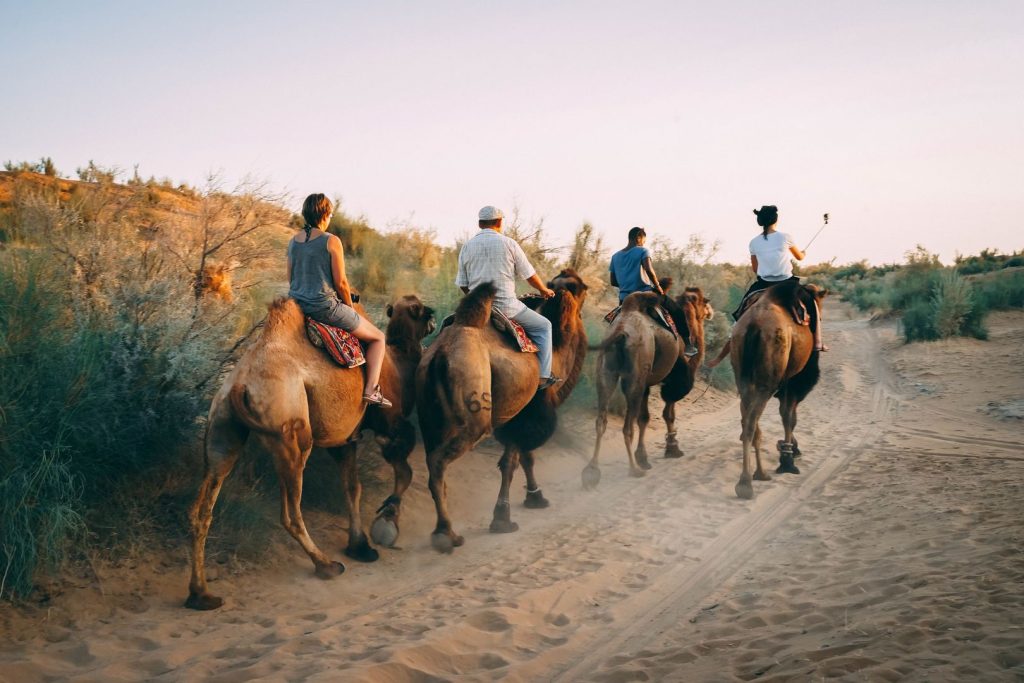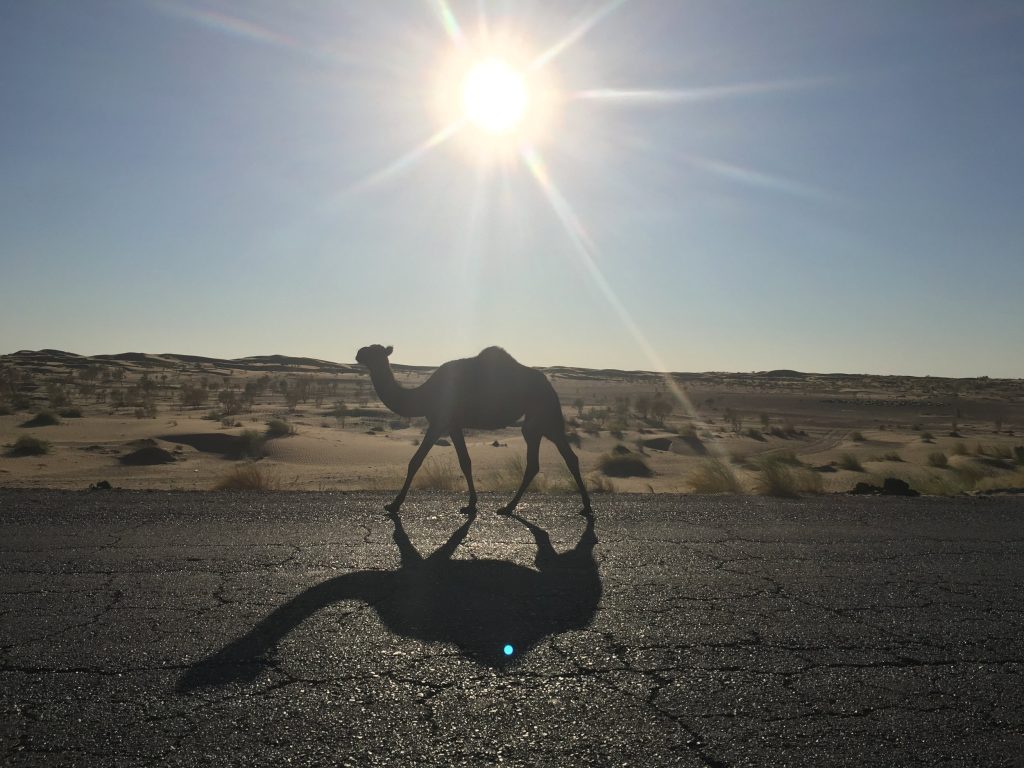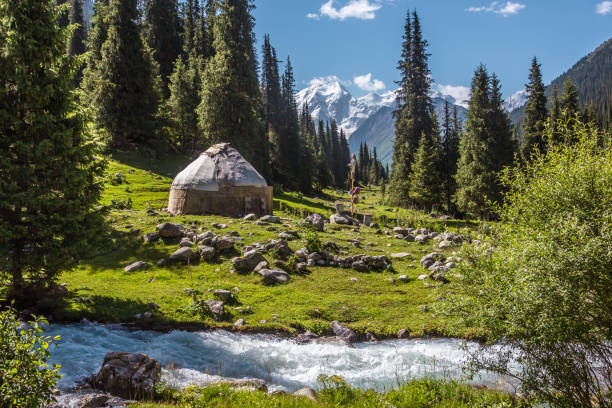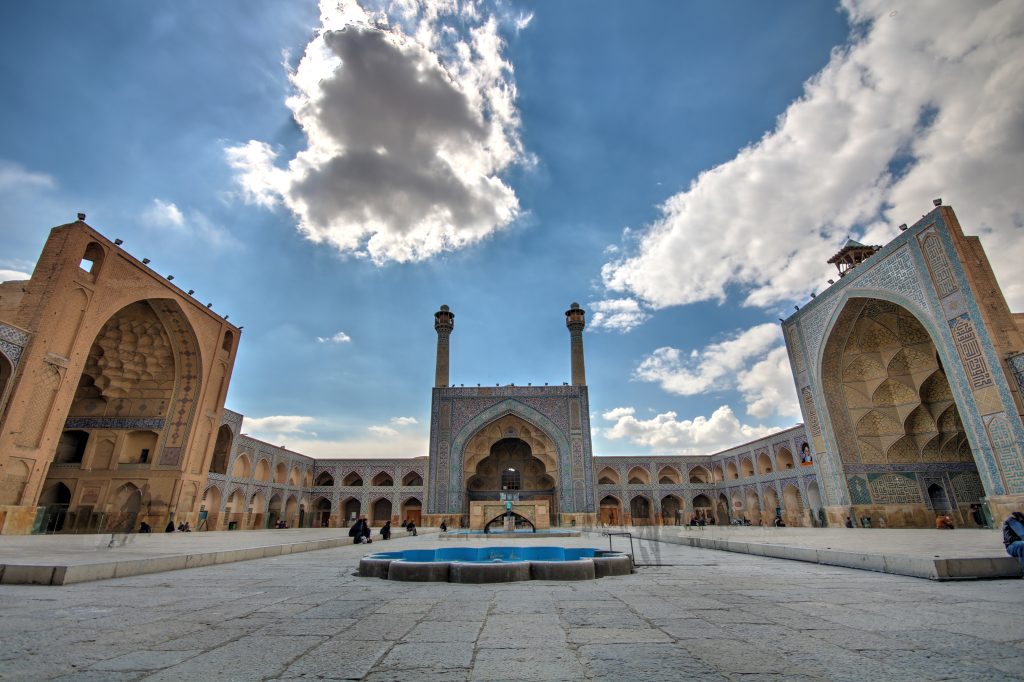
Essential Tips & Must-Have Experiences
Alright, so you’re dreaming of the Silk Road — that ancient trail that weaves across mountains, deserts, and a mind-boggling mix of cultures. But here’s the deal: the Silk Road is no ordinary trip, so this isn’t your standard travel guide. If you’re in it for the real experience, it’s time to bring in some tips from those who’ve done it and loved it, aka local experts and seasoned travelers who know where the heart of this road lies. Think unique sights, food stalls, and crafts that only those in the know can share.
Local travel tips don’t just make your journey easier; they unlock experiences that are so authentically “Silk Road” they’re barely touched by regular tourism. By tapping into the knowledge of in-destination experts, you’ll dodge tourist traps and dive into the deep, local vibe that’s made this route legendary for centuries. And, hey, the Silk Road is big on sustainable travel, which means our tips will help you travel responsibly — leaving as little impact as possible on the places and people who keep the magic alive here.

How Many People Travel the Silk Road Today & Why It’s So Unique
Every year, tens of thousands of travelers embark on sections of the Silk Road, each with their own take on the ancient trade route. Despite modern tourism, the Silk Road remains a blend of both remote escapes and bustling cultural hubs. You’ll see everyone from history buffs exploring its roots, to adventure travelers keen on unique experiences, to those captivated by the chance to connect with locals.
But what really makes the Silk Road fascinating? It’s more than just a route through rugged terrain and vibrant markets — it’s a walk through history. For over 1,500 years, this network of trails connected East and West, seeing caravans of merchants, monks, nomads, and warriors passing through deserts, cities, and mountains. Imagine the meeting of minds here: traders bringing silk from China to Rome, Buddhist monks journeying to spread teachings, and nomadic tribes contributing their cultural richness.
When you travel along the Silk Road today, you’re not just following in their footsteps — you’re experiencing a place that remains one of the most culturally and historically diverse routes on the planet. From the Great Wall of China to ancient Persian caravanserais, every stop has its own story, making the journey as thrilling as any destination.
5 Experiences You Can’t Miss on the Silk Road Route

1. Kickstart Your Journey with a Traditional Bazaar Walkthrough in Kashgar, China
Forget the souvenir shops — we’re talking about getting absolutely lost (intentionally) in one of the largest, most vibrant markets on the Silk Road. Kashgar’s Sunday Bazaar is where you’ll find everything from handmade carpets to the spiciest street foods your taste buds have ever encountered.
The trick here? Go early and chat up the vendors. They’re loaded with stories and insights into everything they’re selling. Plus, remember to ask about sustainable buys — these local artisans often make goods in ways that respect their traditions and the environment. You’ll leave with a story behind every item (and, fair warning, probably a heavier bag).

2. Marvel at Uzbekistan’s Silk and Gold in Bukhara’s Artisan Workshops
If Bukhara sounds like a place ripped from a fantasy novel, you’re on the right track. This ancient city is a wonderland of silk weaving and gold embroidery that’s been done the same way for centuries. Walking into a family-run silk workshop here is like stepping back in time, and yes, they’ll let you watch as they weave the most intricate patterns you’ve ever seen.
Local experts will guide you to authentic workshops where you can even try your hand at silk weaving. Supporting these artisans helps preserve traditional craftsmanship while providing sustainable income to the locals. So, your “souvenir” just turned into something a bit more meaningful.

3. Journey Through Turkmenistan’s Kara-Kum Desert on a Camel (Yes, Really)
This might sound like a tourism brochure cliché, but trust us: riding a camel through the vast expanse of the Kara-Kum desert is an experience you won’t forget. Picture it — a calm, low-key adventure (minus the hump) as you ride through dunes and take in a landscape that feels otherworldly.
Pro tip: Take this journey with a local guide who knows the ins and outs of desert survival and sustainable travel in the region. They’ll ensure you’re respecting the land and the creatures (humans included) who rely on it. And be sure to catch a sunrise or sunset from atop a dune — it’s worth the early wake-up call.

4. Stay Overnight in a Yurt in Kyrgyzstan’s Mountains
If you’re here for the full Silk Road experience, then staying in a yurt is non-negotiable. The mountains of Kyrgyzstan, with their wide-open spaces and incredible views, make this a top pick. Local families often open their yurts to travelers, giving you a glimpse into traditional Kyrgyz nomadic life.
You’ll wake up surrounded by mountains, sheep grazing nearby, and maybe even a yak or two. Best of all, these yurt stays are sustainable, allowing you to support the families that preserve this way of life. Plus, the stories you’ll hear around the fire are worth every penny.

5. Find Spiritual Peace at Iran’s Jameh Mosque in Isfahan
The Silk Road isn’t just a journey through landscapes and cultures — it’s a path into the spiritual side of humanity, too. If you’ve ever wanted to experience that level of awe and peace, spend some time at the Jameh Mosque in Isfahan. This isn’t your average tourist spot; it’s a place where locals come to reflect and gather.
The intricate tile work alone will keep you staring for hours, but the real magic happens when you soak up the ambiance and history that flows through these walls. Pro tip: To really travel like a local, go in the early morning or late evening for the quietest, most serene experience.
Sustainable Travel Tips for the Silk Road: Do It Right
Go for the Eco-Friendly Accommodations
As a historic route, the Silk Road needs protection, so one of the best ways to travel sustainably here is by choosing eco-conscious accommodations. Look for family-run guesthouses, homestays, and yurts instead of big hotels. Not only does this help keep your footprint smaller, but it also means your money supports local businesses that genuinely care for the land and their communities.
Respect the Local Way of Life
We can’t stress this enough: the people you meet on the Silk Road have preserved their way of life for generations. So, when you’re out and about, take your cues from locals. Avoid disrupting traditional practices, and always ask before taking photos. This is the heart of the Silk Road experience, and by embracing it respectfully, you’ll leave a positive mark.